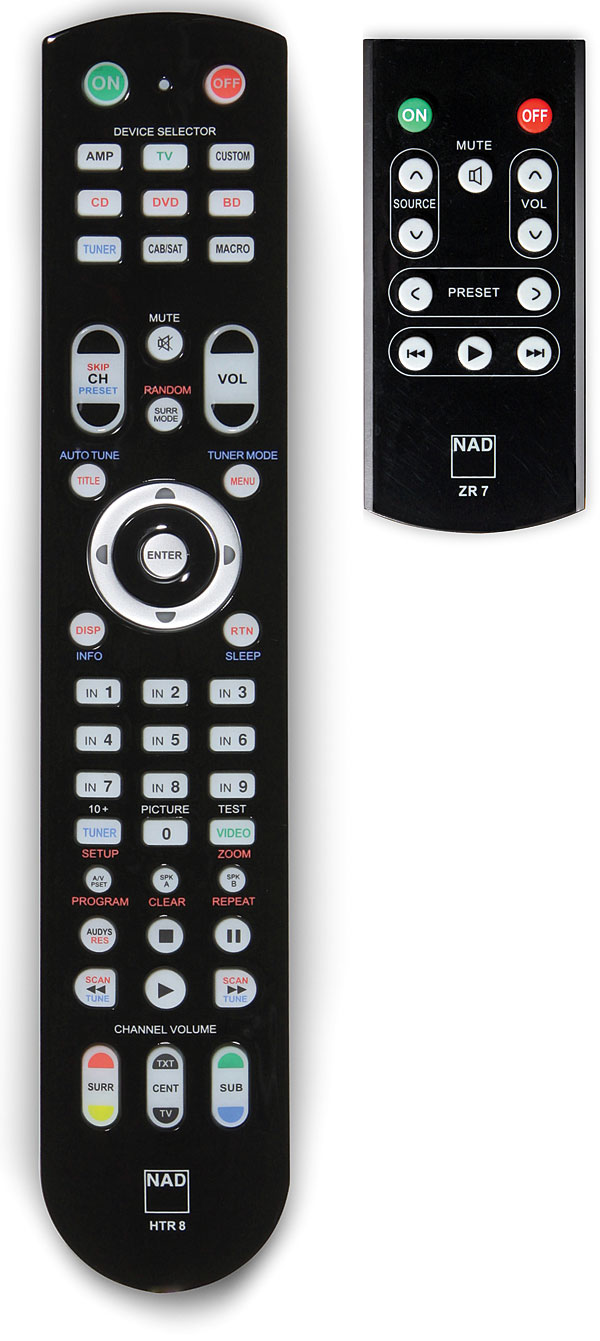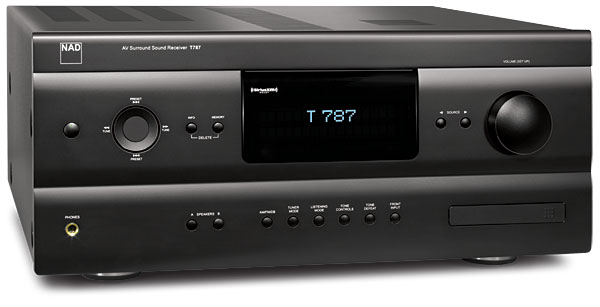This product doesn't have a USB port on it? What am I missing here? In going through the owner's manual (available at their site) I see nothing about USB and the iPod connection is by way of a Doc that is sold separately (see pag 8). And no DAC either.
And this is future proof by way of Modular Design Construction (MDC)? Can I get a module that provides for a usb port?
Or does NAD know something about usb that I don't (it's going away)?
On this product retails for $4,000?
Sound quality must be amazing though....









































































